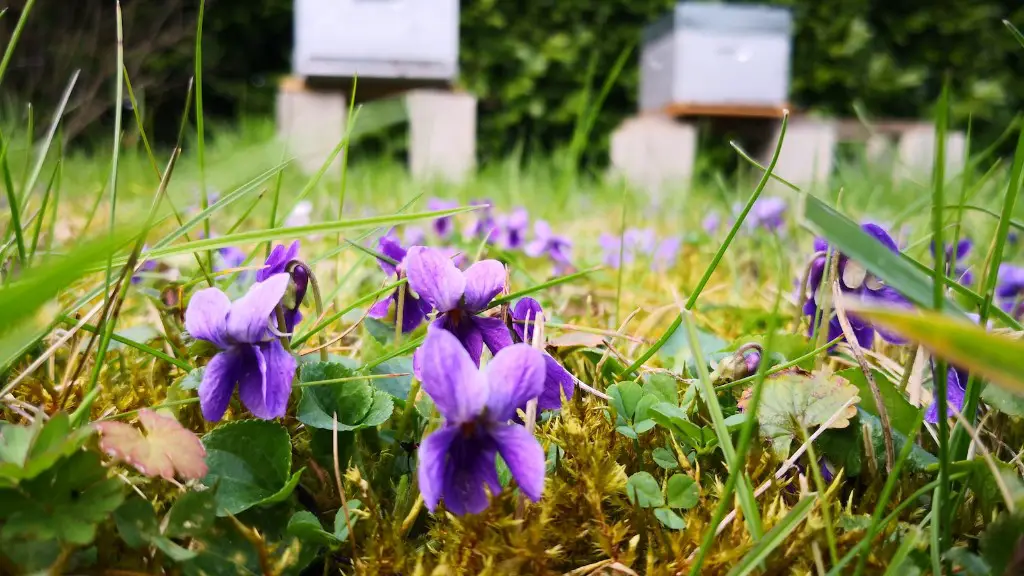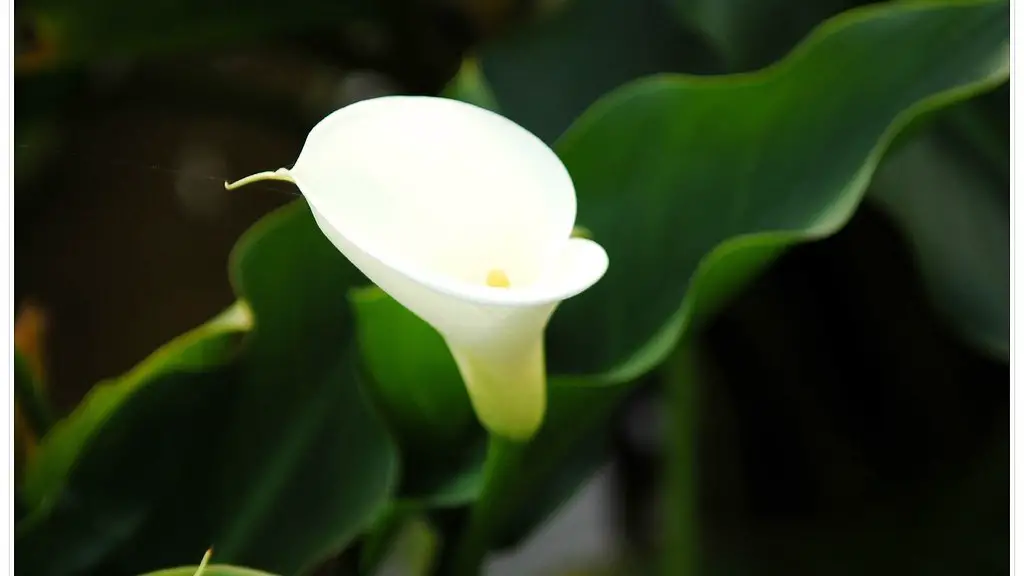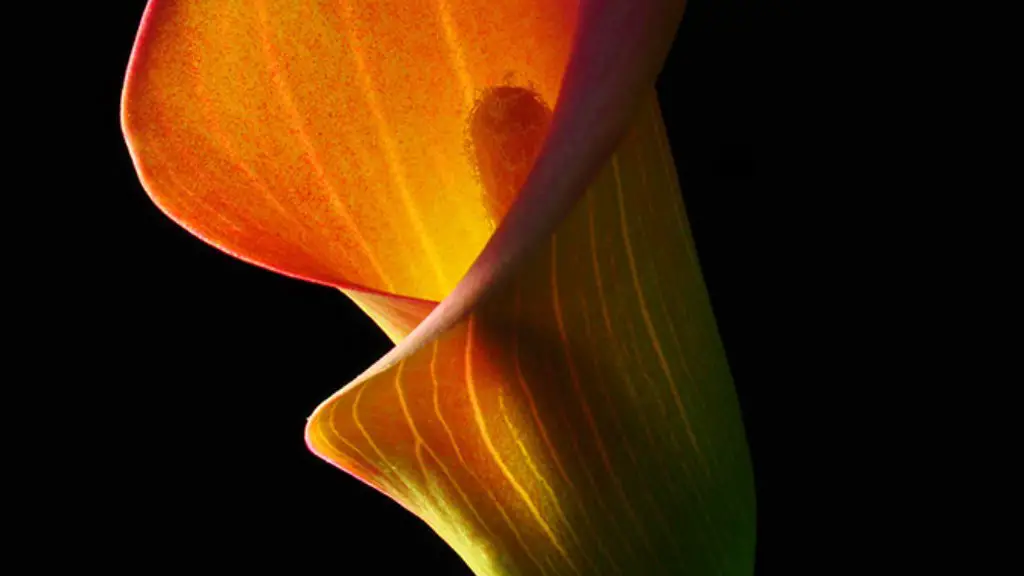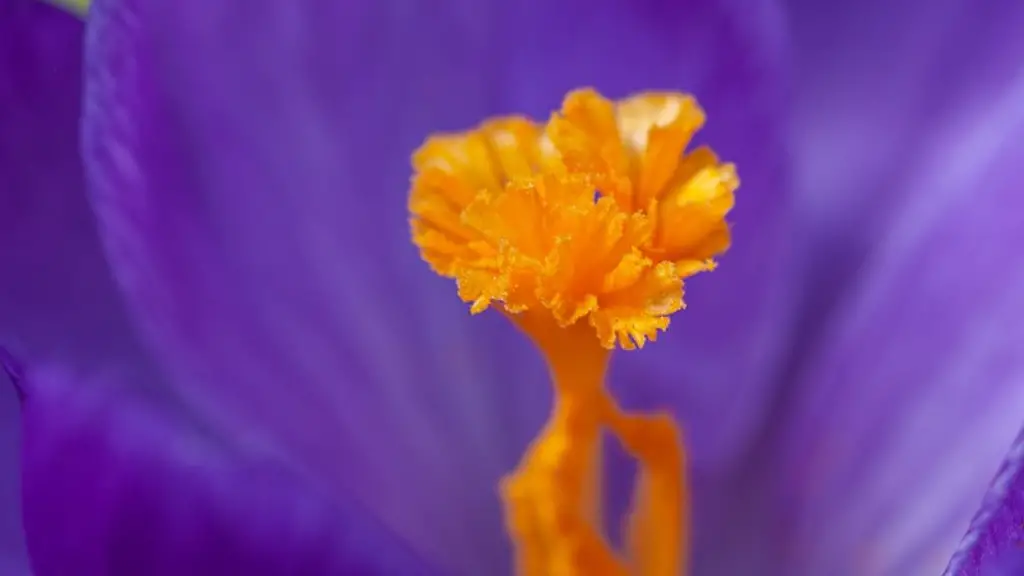The African Violet is a beautiful and popular plant that is easy to care for. They are available in a wide range of colors and their small size makes them perfect for any home or office. African Violets prefer a warm environment and bright, indirect sunlight. They should be watered regularly, but allowed to dry out between watering. African Violets are relatively easy to care for and make a great addition to any indoor space.
Many factors including light, temperature, humidity, and soil play a role in the health of African violets. When it comes to light, African violets prefer bright, indirect light. The leaves of the plant will tell you if it is getting too much or too little light. Too much light will cause the leaves to turn yellow and may also cause them to sunburn. Not enough light will cause the leaves to turn pale green and the plant may become leggy. The ideal temperature for African violets is between 70-75 degrees Fahrenheit. If the temperature is too high, the leaves may turn yellow and the flowers will drop. If the temperature is too low, the leaves may turn purple. African violets also prefer high humidity. You can increase the humidity around your plant by placing it on a pebble tray or by using a humidifier. The final factor to consider is soil. African violets prefer a light, well-draining soil. Overly wet or soggy soil can cause the roots to rot.
What do African violets need to thrive?
African violets need bright, indirect light such as from a south- or east-facing window, although direct sunlight can burn the leaves They will do best at 65 to 75°F (18 to 24°C), and although they can survive temperatures up to about 90°F (32°C), they will die if exposed to below 50°F (10°C).
African violets need bright, indirect sunlight in order to bloom well. Too little sunlight causes them to stretch for the light and produce few or no flowers; too much sun can burn the leaves. An east-facing window is ideal, especially with a sheer curtain to block the sun’s harshest rays.
What kind of pots do African violets like
Self-watering ceramic pots are ideal for moisture-loving African violets. The inner pot is unglazed, allowing the water to slowly penetrate through to the soil from the outer pot. This prevents the soil from becoming waterlogged, which can lead to root rot.
When it comes to African violets, it’s best to err on the side of a smaller pot. These plants do best when they are slightly pot-bound, so choose a pot that’s just big enough to accommodate the roots. A professional tip: if you have a standard African violet plant, your starter pot should be about 3-4 inches in diameter.
How often should African violets be watered?
A wicking system is a great way to make sure your African violets are never over watered. Simply water the plant once a week and allow the plant to completely dry out between waterings. The wicking system will take care of the rest!
African violets can be watered from the top or bottom, but it is important not to use cold water. Lukewarm or warm water is preferred. If you water from the top, be careful not to get water on the leaves when the plant is in the sun. This is to avoid leaf spots.
Can you use Miracle Grow on African violets?
If you want to bring more color into your home without a trip to the paint store, try Miracle-Gro® Blooming Houseplant Food. This product promotes more blooms on your favorite plants, including African violets.
Coffee grounds are slightly acidic and contain nitrogen, which helps plants grow healthy foliage. Occasionally sprinkling used coffee grounds on top of your African violet potting soil can be good for the plant.
How do I force my African violet to bloom
There are a number of things you can do to encourage your African violet to bloom again. First, make sure it is getting enough light – African violets need a minimum of 12 hours of light per day to bloom. You can also try increasing the humidity around the plant, as dry air can inhibit blooming. Make sure the plant is getting all the nutrients it needs by fertilizing regularly with a water-soluble fertilizer designed for African violets. Finally, keep the plant in a cool, comfortable location – too much heat or direct sun can also prevent blooming. If you follow these tips, you should see your African violet blooming again in no time!
African violets are susceptible to crown rot, so it is important to not saturate the crown of the plant with water. Water on the foliage may cause permanent leaf spotting, so it is important to be careful when misting the foliage. Use water that is room temperature to avoid any leaf spotting.
Where is the best place to put an African violet?
African violets need bright, indirect light in order to thrive. A spot near an east- or north-facing window is often a good choice. If you don’t have a suitable window, you can place your African violets under a fluorescent light fixture that contains two 40-watt fluorescent tubes.
The African Violet is a beautiful and popular plant that is known for its unique flowers. Its roots need to be aerated in order to stay healthy, so it is important to keep them moist but not soggy. Watering from the bottom will allow them to soak up the water over time and prevent the plant from getting too wet. African violets prefer warmer water, around 70 degrees.
Are clay or plastic pots better for African violets
Terra cotta pots are often used for African violets because they are porous and allow the roots to breath. They also prevent the soil from staying too wet. African Violet roots don’t go very deep; they like to go sideways, so it’s important to use a shallow pot. Your pot must have suitable drainage holes so you can water from underneath.
In order to ensure that your African violet is blooming to its full potential, you should make sure that it is not overcrowded. overcrowding can cause the plant to stop growing or withhold its blooms. Instead, give it a little bit of space to breath and it will reward you with beautiful blooms.
How do I know when my African violet needs to be repotted?
Once your African violet has doubled or tripled the size of your pot and the leaves have started to wilt, it’s probably time to make the move, says McEnaney. As the plants grow, they can be repotted into larger pots so that they don’t get too root-bound,” he says.
If your tap water quality is not ideal, it is best to use distilled or purified water for your African violets. Chlorine and other impurities can damage or kill the delicate plants, so it is important to use water that is as free of these substances as possible.
Conclusion
African violets prefer a location with bright, indirect light and a temperature between 65-75 degrees Fahrenheit. They also prefer a humid environment, so misting the leaves regularly or using a humidifier is a good idea.
After doing some research on the topic, it seems that African violets prefer bright, indirect sunlight and warm temperatures. They also like to be kept moist, but not wet, and need to have well-drained soil.





